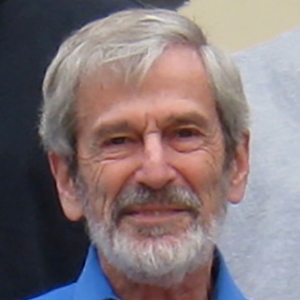Martin Gellert, Ph.D., NIH Distinguished Investigator

Professional Experience
- Ph.D., Columbia University, 1956
- B.A., Harvard University, 1950
Current Research
We work on the rearrangement of immunoglobulin and T-cell receptor genes, which is essential for the development of lymphoid cells, and for the ability of the immune system to fend off multiple types of attack. This DNA reshuffling, known as V(D)J recombination, makes it possible for us to produce antibodies and T-cell receptors with millions of different specificities. The process is unique in sharing many properties with mobile genetic elements called transposons. It also has similarities with the repair of radiation damage to DNA. Our aim is to understand V(D)J recombination as thoroughly as possible, and then apply this knowledge to the immune system. We now focus on the RAG1 and RAG2 proteins, which work together to break the DNA at specific sites to start recombination. Most recently, we are using structural methods (in collaboration with Dr. Wei Yang of this laboratory) to understand the activities of the RAG proteins. We recently published the first detailed structure of the RAG1-RAG2 complex. We are also learning about covalent modifications of RAG1 by auto-ubiquitylation and by phosphorylation, which alter its activity.
Select Publications
- How mouse RAG recombinase avoids DNA transposition.
- Chen X, Cui Y, Wang H, Zhou ZH, Gellert M, Yang W.
- Nat Struct Mol Biol (2020 Feb) 27:127-133. Abstract/Full Text
- Cutting antiparallel DNA strands in a single active site.
- Chen X, Cui Y, Best RB, Wang H, Zhou ZH, Yang W, Gellert M.
- Nat Struct Mol Biol (2020 Feb) 27:119-126. Abstract/Full Text
Research in Plain Language
Our laboratory studies a process known as V(D)J recombination. This process puts together pieces of DNA to make a particular group of genes. These genes produce a variety of antibody proteins. Antibody proteins are critical to our immune system. They identify and destroy infections by bacteria and viruses.
This process breaks DNA molecules and rejoins them in many new combinations. These combinations allow us to fight off a large variety of infections. It works similarly to the way that the cell repairs damaged DNA. The common properties make studying V(D)J recombination a good way to examine DNA repair. We want to gain as much information about this process as possible and apply this knowledge to the immune system.

